Test: Specialized Turbo Levo 2020 Alu (english version)
Specialized introduced in Croatia in 2018 their second generation range of the Turbo Levo. Since then the bike has been so popular globally by sales volume that actually trying to get an Aluminium test version for in-depth testing has been one of the greatest quests of all time. Finally we managed to get a 2020 version so we could get a closer look and compare our original thoughts and how well the Turbo Levo stands up against the competition.
Before we only spent a couple of days on board on varied trails in Croatia, getting to grips with the new bike. This time we have been able to go deeper and really feel how the bike is over the last month on serious mountain trails.
The Levo we tested is based around a 29er wheel set standard and an aluminium frame with their current generation form factor.
The Comp version retails at € 4.599 and it’s specifications include a 500w/h battery and Brose's latest s-mag motor, which was developed with Specialized and is given the 2.1 denomination. The electronics package is the same as the top level bike and takes it’s design lines and Inspiration from the Stumpjumper.
Specifiche tecniche
Telaio - M5 29er Trail Geometry in lega
Ammortizzatore posteriore - Rockshock Deluxe RT
Forcella- RockShox Elevation, 150mm
Manubrio - Specialize Aluminum 780mm
Manopole - SIP Grip
Freni - Guide RE 200mm F + R
Deragliatore - GX 11 velocità
Cambio - SRAM S700, clic singolo
Cassetta - SRAM 11 velocità, 10-42 t
Pedali - Praxis 165mm 32T
Ruote - Roval Traverse 29 pollici. Larghezza 30mm.
Copertoni - Butcher/Eliminator Gripton 29x 2.6 "
Sella - reggisella - Phenom, X-Fusion 150mm
Motor UI / Remote - Display modalità di guida a 3 LED, APP. Telecomando per manubrio con walk-assist.
Cablaggio e caricabatterie - 42V4A con spina Rosenberger
Peso - 23 kg (pesato sulle nostre bilance)
Prezzo - € 4.599
Looking over the product we can see that Specialized have continued into 2020 their latest frame styling techniques taken over from their DH bikes and their Stumpy. The mid frame cross brace is just enough to add the right stiffness for the frame and shock support, and it looks good. The down-tube is slim, in reality it looks like “almost a normal bike”. Specialized always do really well with bar choices, we always like how the controls fit well on the bar.
There is no bar display (one can be purchased after market) just a small functional remote, that is the best on the market in our opinion. With 150mm of travel up front our test bike came with the revelation fork. A 160mm fork can be used for use with 27.5”+ tyres and a flip chip on the rear which needs to be adjusted with to change bottom bracket height, If you want to use 27.5" wheels. The motor is very well integrated and optimally placed in the frame. Specialized decided to continue with 11 speed for 2020. The frame engineer spent a lot of time working on clean cable clamping and exit/entry points, all cable runs are housed inside tubes for easy cable installation and management. The only weaker point we could find with the specifications was the tilt range of adjustability of the saddle clamp was not as wide as we would like, we have a very tilted forward saddle position in general compared to normal, higher end models have better adjustment, which makes sense, but mechanically the seat post has been good.
Geometry
Specialized like to keep riding fun, the numbers behind their, “Faster, better…” claims are essentially a 66 degree head angle and longer reach compared to the previous generation, although they are not the longest frame reach on the market (which is getting very long in some cases) they have not followed the crowd, the numbers follow Specialized's philosophy with handling being about stable speed and manageability. Their chain stay length is not the shortest, but it’s very good for a, "quick in the corners stable on the climbs," performance feeling. After significantly more time on the bike than last year we can say clearly that in our opinion in the middle of the whole Ebike market Specialized have achieved a really good feel, balancing all our needs of riding with an excellent sport verses easy to use feel. 150mm of travel is really the sweet spot with a 29er bike, anything longer would make the bike harder to handle and is un-neccesary.
Motor e battery
The motor and battery is where the energy and design and research has taken place and considering it’s 2020 there have been software updates and some refinements to the production line to produce a more accurate motor. The motor is directly attached to the frame, this creates space for the battery and also reduces weight which has allowed Specialized to increase the battery capacity on high end models, interestingly a 700 w/h upgrade is possible on this model as well. They have used a new cell specification, 21700. 500 w/h fits with the market at this price level and is sufficient in our experience for 2-3 hours of hard riding or about 1100 metres of climbing for our 85 kilo rider weight.
The 2.1 Specialized motor is based around a magnesium case and Specialized's own custom software, when it came out last year it was the best ebike motor we had tried, its quiet, smooth, has endless power support throughout the cadence range and consumes an acceptable amount of current. However since then Bosch have introduced their new generation 4 motor and Yamaha have a new motor. We will compare motors in a future article.
As you ride uphill and reach the limit of the power the Specialized 2.1 motor keeps on pushing smoothly, It makes climbing enjoyable. The motor tune in the different power modes is very complimentary to rider inputs and is tuneable via the app. Its not a free ride, (like a gen 3 Bosch) you have to tell the bike what to do with your legs, but it's sensitivity is still excellent. When you pass 25km/h the transition is very smooth, also the power application sensation is still one of the best we have felt to date.
Electronics are found in the top of the top tube, here is where you find a small LED plastic display. It's a reasonable solution, we still prefer no display at all, (this is a personal preference) but what is cool is within the app you can turn all the lights off and ride around in stealth mode. Alternatively with the three LED combination you can see which power mode you are in and how much battery is left.
You need a pin which is printed on the bike to attach your app to the bike, more security, dealers can only access the bikes settings according to the country they are in, despite this using the Mission control app you can if you decide share your ride with the world, or ride the bike without touching the app at all. Using the app you can tune the ride and review your stats and power control. The bike is also possible to connect via ANT+ to all after market GPS and other devices, full data channel sharing is possible.
Speciailzed have created a slim battery that wedges into the frame and doesn’t rattle even on very rough ground using 21700 cells it can still be removed but is best done in a bike stand or on the ground.
On The Trail
Uphill
Technically we found ourselves riding with a controlled fast feel, roll over uphill is smooth the sustainability of the power inputs from your legs on steep climbs is high due to a well defined smooth motor performance. Gear shifting uphill is one click at a time, so no chain grinding due to SRAM using this shift method. Cornering uphill is smooth and balanced, rider position is where you would expect to maintain forward momentum in difficult corners. On rocky steep climbs the bike stays balanced and it is easy to maintain body position and grip, the gear range fitted our desire for what we riding from a ratio point of view. Riding fast uphill on long “shuttle” runs the bike feels very natural and it is easy to maintain a high pace. We also liked a lot the silence, when working the motor hard, due to the internal belt drive system.
Downhill and Trail
Our test rides have included a mix of riding that has given us a good understanding of the balance of the bike and what you can do with it. We are now very used to 29er ebikes, we always prefered 27.5"+ but the Turbo Levo with the 2.6" tyres and wide rims plus 150mm of travel and really excellent geometry, gives a smooth ride that is supple and reactive when needed. We found the factory settings on the suspension to be good, just tune the sag. It is not a high end suspension fork, but the Revelation works well. The head angle and specification of the frame layout gives the rider a definite aggressive feeling if they want it, you can really make the bike fly fast downhill and stay stable, you don't feel over stretched or uncomfortable, the point of rider balance on the bike is quite wide, it gives the rider the ability to play a lot and move around above the frame looking for a different feeling at different points of control in different parts of the trail. The front and rear suspension works well together, always feeling balanced. We found we can pop and play on command with the Turbo Levo on most trails, the feel is that of reactivity yet stability. The larger wheel sizes gives added stability and a sense of security when it gets rocky and rough. We really felt we could find the limit when we wanted.
Hanging off the back of the bike with larger 29er wheels means a bit more contact with the rear wheel and rider’s “culo”. This can be un-nerving, but the fact that you find yourself in that position means you can really stretch the riding limit.
We have ridden extensively Rincine Trail Area, riding fast on steeper trails and also on smooth rolling trails, the Turbo Levo does it all very well. The overall feeling is that because of the silence of the bike and the smoothness, you might almost not be on an electric bike, only the extra weight might give the idea that you are riding an Ebike.
Who is if For?
The 2020 Turbo Levo is always a bench mark for the industry. The Levo will appeal to those who like to ride a lot and verge on the more sporty side rather than just cruising around. You can do that as well, the aluminium version is really well specified and put together, we did not find many weak points, yes the top of the range version is pricey, at €10,000+, the level which we tested is accessible but slightly higher in price compared to other brands, however quality costs, you are not going to be disappointed, Specialized always manages to make performance products at all levels within their range.
Conclusions
Specialized is one of the market leaders of eBikes, they have created their vision of what an ebike should be in 2015 with the first Levo, the rest of the industry has been playing catch up since then. For 2020 we still have a competitive bike that is really fun to ride, fast and has excellent after sales service. The frame is very slim in design, on the trail performance is excellent, the Turbo Levo does everything well, really well. If you want to be more extreme then look towards their Kenevo, however we really feel that this ebike is one of the top three bikes on the market (even at this price specification level) and it’s going to be really hard to knock it down.
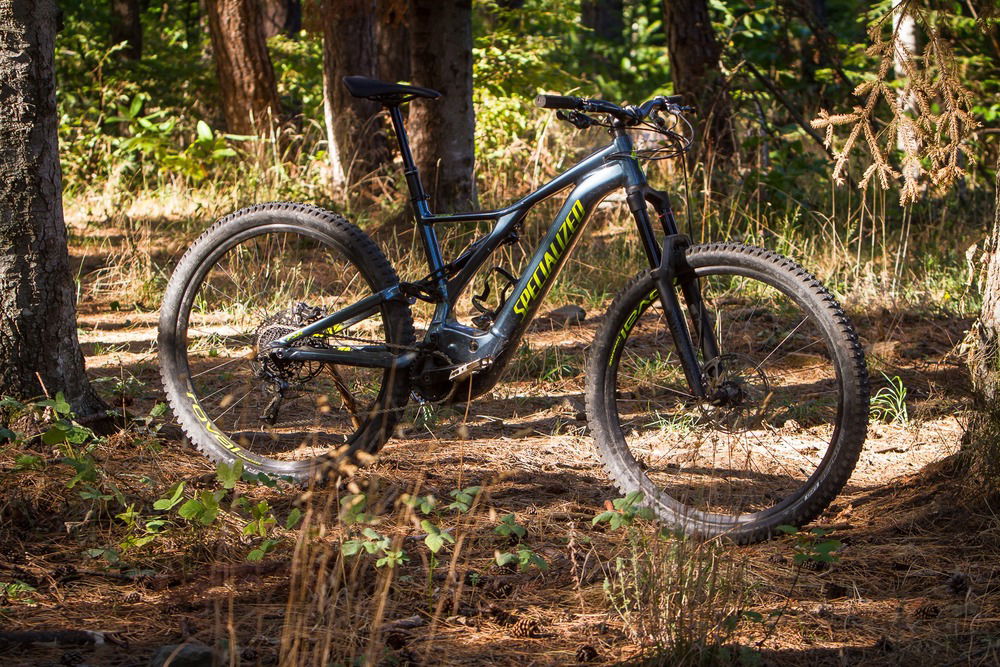


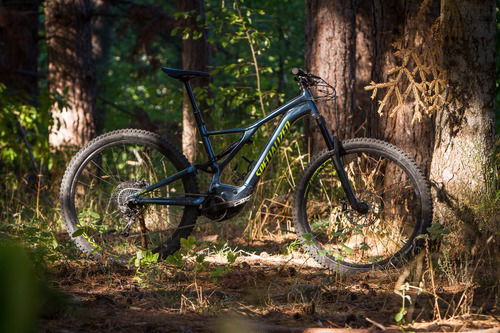
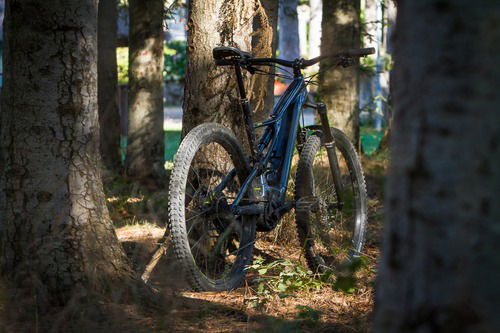

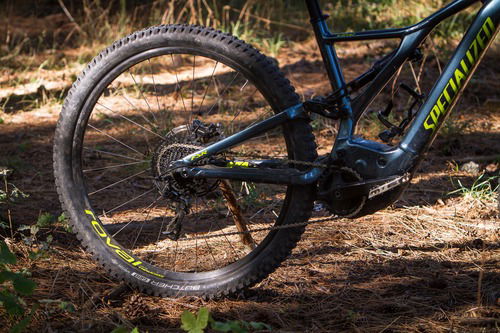
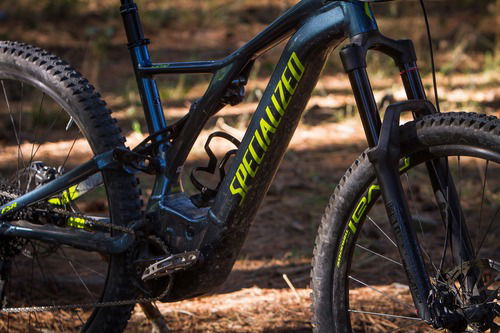
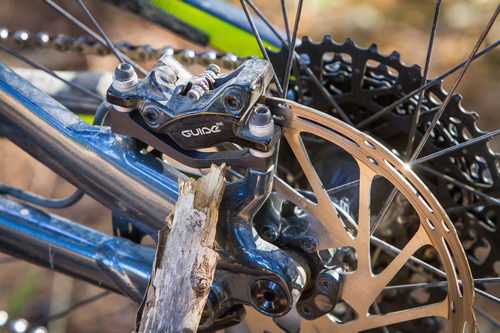
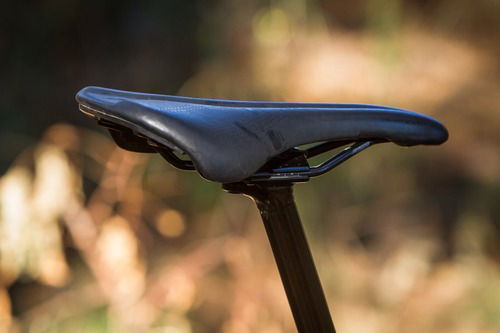



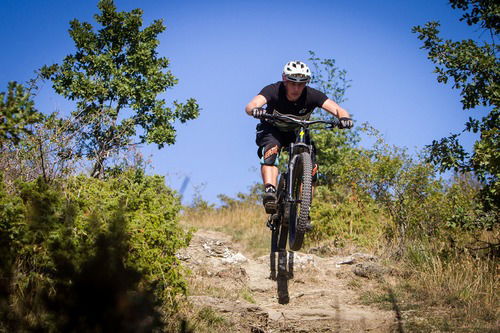
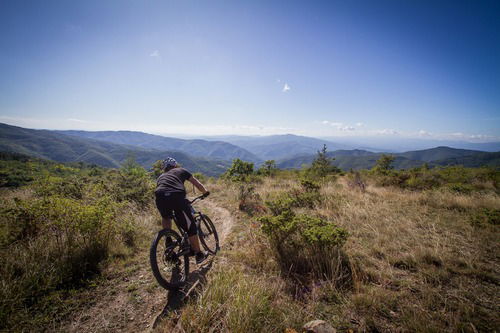
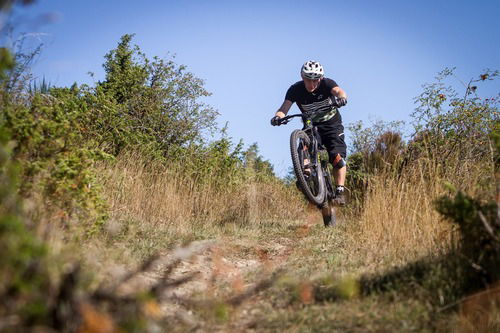

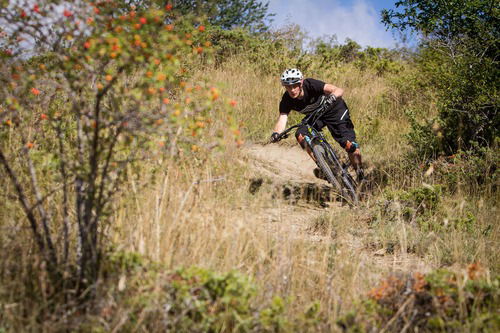

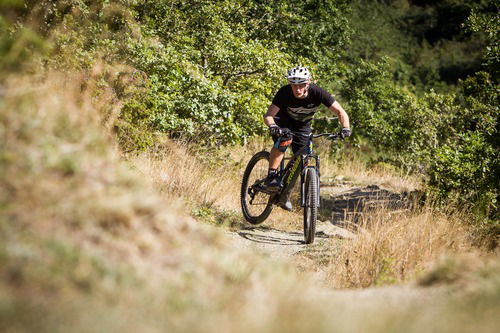
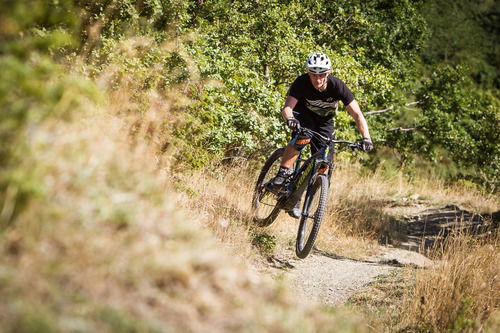
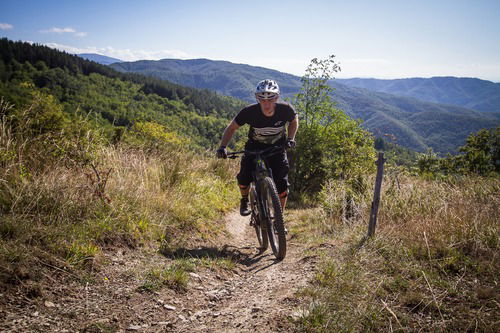
![La prima bici al mondo in cui puoi scegliere il motore. Thok GRAM DK: Shimano o ASKOLL? [VIDEO] La prima bici al mondo in cui puoi scegliere il motore. Thok GRAM DK: Shimano o ASKOLL? [VIDEO]](https://cdn-img.moto.it/images/41802873/SQUARE/43x/-thumb-motoit.jpg)
![Come si compra una ebike online? [VIDEO] Come si compra una ebike online? [VIDEO]](https://cdn-img.moto.it/images/41692029/SQUARE/43x/ebike-x-sito.jpg)
![Dieci cose che ho imparato da quando ho comprato una e-bike [VIDEO] Dieci cose che ho imparato da quando ho comprato una e-bike [VIDEO]](https://cdn-img.moto.it/images/41498668/SQUARE/43x/img-20241218-111658-079.jpg)
